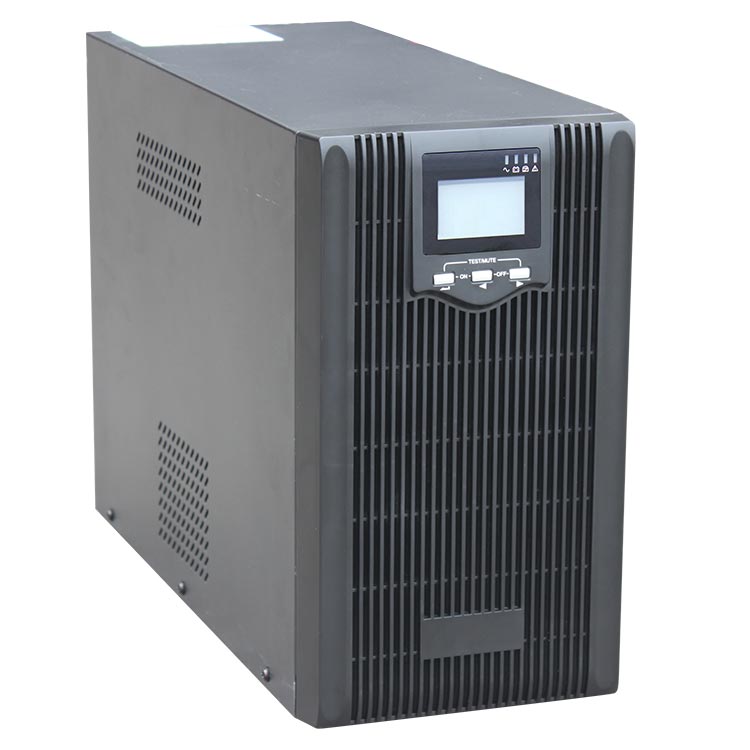Focus on Shengrong, and keep abreast of UPS industrial power industry trends

UPS uninterruptible power supply, as its name implies, provides us with a certain capacity of backup continuous power supply when the mains power fails, so that our computers or equipment will not be interrupted. What people often overlook is that in the public power grid that provides us with electricity, there are countless loads connected to it, some of which are larger inductive, capacitive, switching power supplies and other loads not only from the power grid. Obtaining electric energy, in turn, will also affect the grid itself, causing distortion of the mains voltage waveform or frequency drift, and deteriorating the power supply quality of the grid or local grid. And some unexpected, man-made or natural situations, such as earthquakes, lightning strikes, open or short circuits in the power transmission and transformation system, may occur or exist at any time for the entire power grid, and will also endanger the normal supply of the power system. Affect the quality of the power supply, thereby affecting the normal operation of the load.
The quality of the mains power supply is generally: voltage fluctuation ±5%, frequency 50Hz±0.5 Hz. The usual situation is that some places, sometimes even most of the time, fail to meet this standard, especially in remote areas of our country. Various internal and external factors pollute or interfere with the power grid we are in, and sometimes this kind of pollution is even very serious. In other words, the hardware, information, and data of our computers or equipment are under threat at any time. The factors that cause these pollution and interference are specifically divided into:

1. Voltage surge: It means that the effective value of the output voltage is 110% higher than the rated value, and the duration is one or several cycles. The surge is mainly due to the high voltage generated by the sudden unloading of the power grid when the large electrical equipment connected to the power grid is shut down.
2. Voltage spike: refers to the superimposed voltage pulse of 6000kV or more during the period from one half of the cycle to 100ms. This is mainly caused by factors such as lightning, switching operations, arc-type faults, and electrostatic discharge.
3. Voltage transient: Refers to a pulse voltage with a peak voltage of up to 20KV but a duration between one millionth of a second and one millionth of a second. The main reason and possible damage are similar to voltage spikes, but they are different in quantity.
4. Noise voltage: Refers to radio frequency interference (RFI) and electromagnetic interference (EFI) and various other high-frequency interference. The operation of the motor, the operation of the relay, the operation of the motor controller, broadcast transmission, microwave radiation, and electrical storms all cause line noise interference.
5. Overvoltage: Refers to a stable high voltage that exceeds a certain percentage of the normal effective value of the grid voltage. Usually due to wiring errors, misadjustment of power plants or power stations, nearby heavy equipment shuts down. For single-phase voltage, it may also be caused by unbalanced three-phase loads or poor neutral grounding.
6. Undervoltage: It means that the effective value of the mains voltage is lower than the rated value and lasts for a long time. The causes include the startup and application of large-scale equipment, main power line switching, startup of large-scale motors, and line overload.
7. Voltage sag: refers to one or more cycles where the voltage is lower than 80%~85% of the effective value of the rated voltage. Mainly caused by the start of heavy equipment nearby or the start of electrical machinery.
8. Frequency deviation: Refers to the change of the mains frequency exceeding 3 Hz. This is mainly caused by the unstable operation of the emergency generator or the power supply with unstable frequency.
9. Power interruption: Power interruption is a state of no electricity for more than one cycle. Causes: The circuit breaker on the wireline tripped, the mains supply was interrupted, and the grid failed.